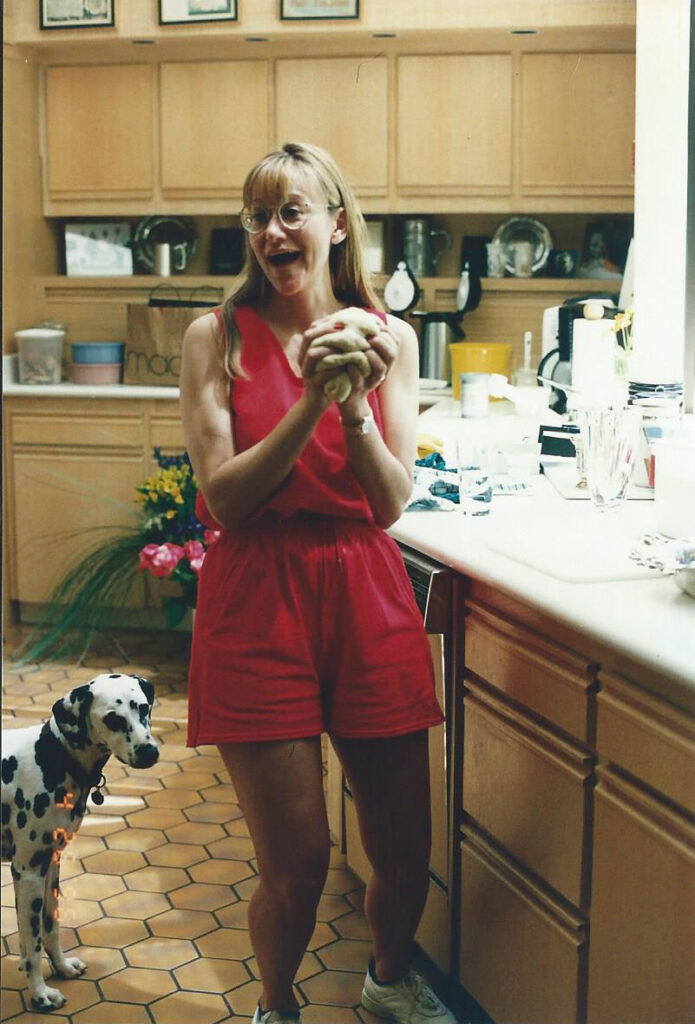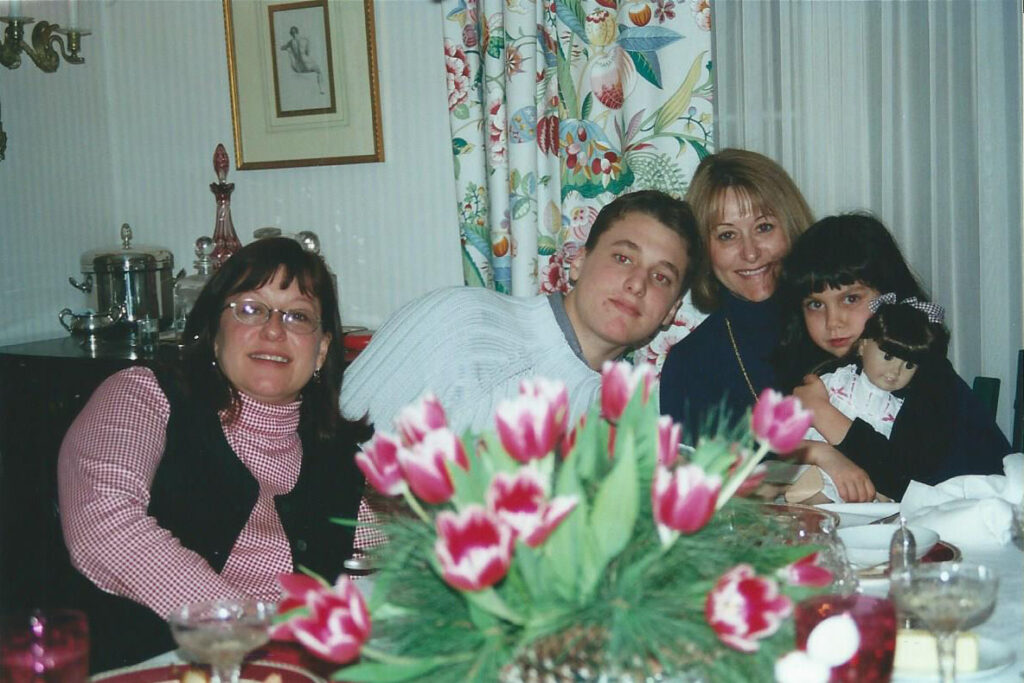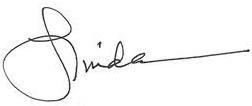Ah, the pleasures of supper—a communal meal set around the dinner table every night, as reliable as the spoons and forks set at the edges of our placemats. I grew up in a family in which cooking showed everyone just how much you cared about them. Both my sister and I inherited this sort of creativity from our Dad, who came home each night after work, donned his apron and hit the stove, martini in hand.

How he enjoyed cooking; as he grew older, he passed along his spatula and his recipes for what today might be considered prosaic: chicken roasted in a boatload of butter, meatloaf with gravy, and beef stew that simmered for hours during a Sunday afternoon. However, he also mastered more complicated classics: hollandaise sauce, swordfish basted crisp on the grill, a time-consuming pasta Bolognese.
His mother, our Nana, taught us how to make many of her traditional recipes: stuffing for the Thanksgiving turkey, moist with celery, onions, walnuts and apples; a pork roast crisp with cracklings and a homemade applesauce; the tender veal kidneys that I hated but my sister adored.
Joy and I began, as adults, to create our own repertoires. We gave each other cookbooks for birthdays and Christmas as the most exciting gifts, each one annotated by the other with new ingredients and revised cooking times. As we grew older, I learned how to master all of Julia Child’s techniques and Joy went off to figure out Indian recipes.
Later, I discovered Irene Kuo’s The Key To Chinese Cooking, a masterpiece that taught me how to velvet chicken, stir-fry anything Kung Pao with the correct number of chilis and the right amount of garlic chili paste, red cook a ham, and dish up slithered red onions. The two of us still make the best hot and sour soup we’ve ever had.

Three years ago for New Year’s Eve, Joy and I made a Chinese feast of five courses, first shopping for exotic ingredients in what was called an “Oriental” market, and then cooking it all up in her kitchen. She loved Kuo’s book after I discovered it, so I gave it to her for her birthday one year long ago, complete with all my scrawled ideas for improvements.
She learned to master it just as I had, and began to make her own annotations, which she then passed back along to me. Both of our copies are now falling apart, but she bought a used one from Amazon: one night a while ago, I saw she was using the old version and asked why. “Because your notes are in this one,” she replied. How strong a bond cooking has become between us. It is a major part of the way we share our joy.
Last night, Brad and I went to their house and had Noodles with Bean Paste Meat Sauce, a minced pork stir-fry that was topped with shredded cucumber, scallions, bean sprouts, garlic, celery, chili-spiked sesame oil, and splash of tart vinegar. It was fabulous and a recipe I had tried many years before and then forgotten about. What a tasty reintroduction.
Over the years she has become an accomplished cook; having married a professional chef, she has ventured now into new kinds of cooking—sometimes created with whatever leftovers she discovers in her refrigerator—and does not even use a cookbook half the time. Her husband has encouraged her to venture even further afield and she has taken his suggestions and expanded her horizons.
I, too, have started cooking differently, never leaving the old behind, but trying out and creating new recipes, as well. My husband sits down to dinner most nights with anticipation. Our suppers have changed markedly since Dad so lovingly taught me how to roast a beef tenderloin and layer up scalloped potatoes with Emmenthaler. Sumac, fennel pollen, za’atar—all these foreign but now widely available ingredients offer me a challenge and, for the most part, an enjoyable form of success. Umami is now a goal for every dish, and even those who didn’t know the term initially are now familiar with its deep and rich flavor.
Like Joy, I don’t use cookbooks as much anymore, but daily peruse the New York Times cooking section instead, ripping out the recipes and sliding tempting ones into a binder—just the way my Nana did. This is a return to the way I was raised: how my family sat at the dinner table and discussed our days, joining together over the meal. Just as Dad would eventually pass along his spatula to Joy and me as he grew older, our pleasure of all we could create in the kitchen bound us one to the other; he tied us together with a love that was as strong as his apron strings.

We had a mantra spoken in a sing-song right before we picked up our knives and forks each night. Joining hands in a circle, we recited this refrain with joy: “Hands around the table,” we chanted as we squeezed one another’s fingers. “Everyone loves everyone! Hands around the table!”
Yours,

Have a comment or feedback? Talk to Linda!

